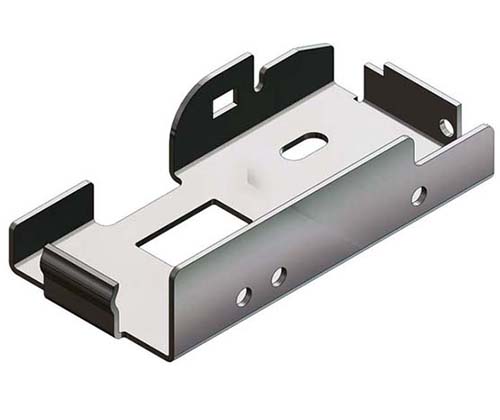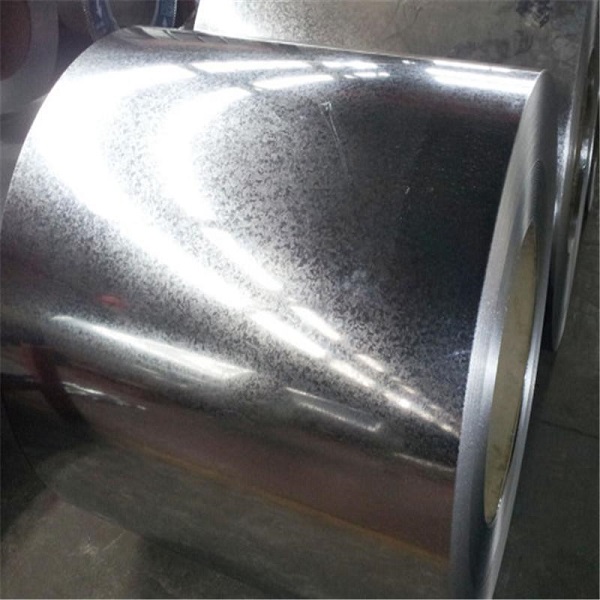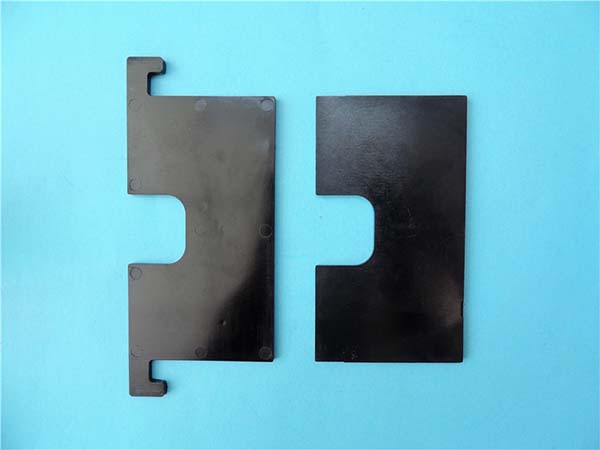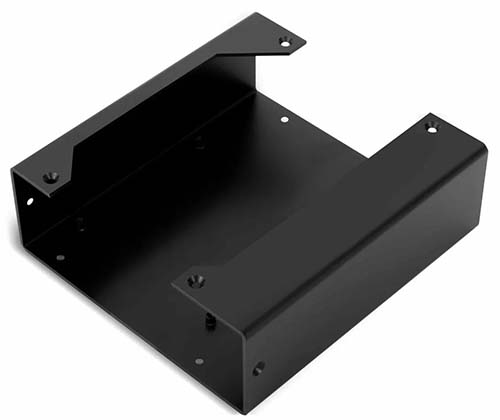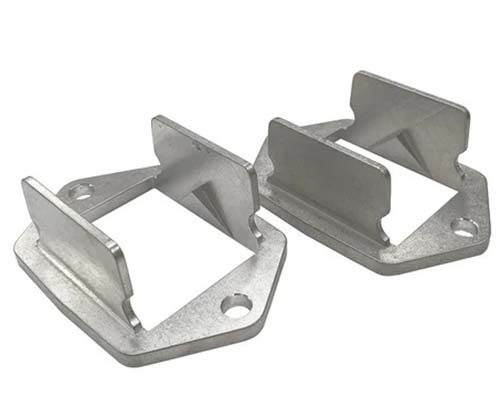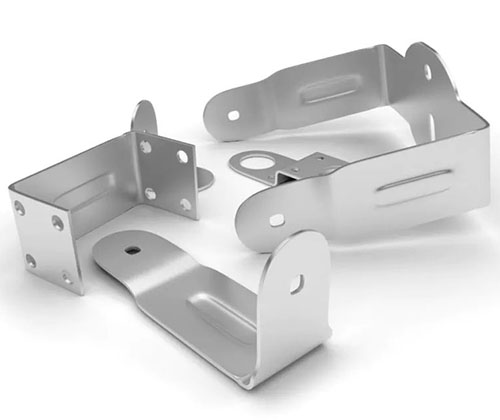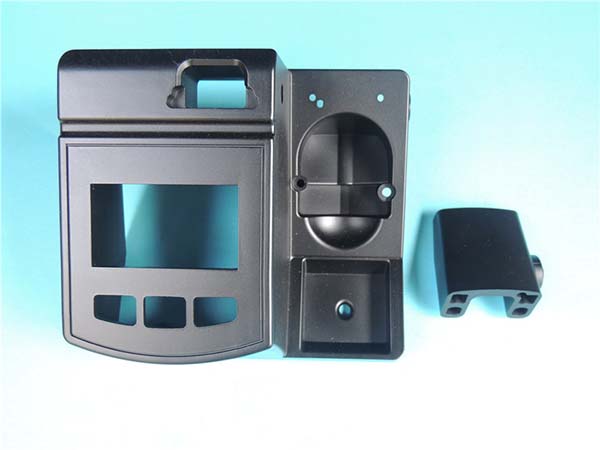Introduction
Manufacturers and engineers often face challenges when selecting materials for projects that require a balance of corrosion resistance, a smooth surface finish, and precise dimensional stability. Many options either have thick, rough coatings that hinder forming or lack the uniformity needed for high - end applications like electronics and appliance manufacturing. Sheet Metal SECC (Electro-Galvanized) solves these issues by combining a high - quality zinc coating with excellent precision. In this article, we’ll explore its material makeup, coating processes, properties, applications, and quality standards to show why it’s a top choice for demanding projects.
Material and Coating Type of Sheet Metal SECC (Electro-Galvanized)
Core Components and Coating Details
- Substrate Material and Zinc Coating: Sheet Metal SECC (Electro-Galvanized) is built around a substrate material—typically low-carbon steel, similar to SPCC steel—with a thin zinc coating applied via electro-galvanizing. The substrate material provides the base strength and ductility, while the zinc coating (usually 5 - 20 micrometers thick) delivers corrosion resistance. The electro-galvanizing process, a form of electroplating, ensures the coating is evenly distributed, even on complex shapes. This makes SECC ideal for parts like electrical enclosures and appliance panels, where a consistent surface finish is critical.
- Coating Thickness and Surface Finish: The coating thickness of SECC is tightly controlled, ranging from 5 micrometers for lightweight electronics parts to 20 micrometers for more demanding applications like automotive industry components. This thin, uniform coating results in a smooth surface finish—far smoother than hot-dip galvanized steel. The finish is often bright or matte, making it perfect for painting or leaving exposed in visible parts like furniture frames and appliance exteriors. Coating quality is paramount, with strict checks to ensure no pinholes or gaps that could compromise corrosion resistance.
Coating Process of Sheet Metal SECC (Electro-Galvanized)
Steps in Electro-Galvanizing for SECC
- Pre-Treatment: Cleaning and Etching: The coating process for SECC starts with pre-treatment to prepare the substrate material. First, the steel is cleaned to remove oils, dirt, and oxides using alkaline cleaners. Then, etching (with mild acids) creates a micro-rough surface to improve coating adhesion. This step is crucial—any leftover contaminants can cause coating defects like peeling or unevenness. For example, in electronics manufacturing, even tiny impurities can lead to poor paint adhesion on electrical enclosures, so pre-treatment is 格外严格.
- Electrolytic Process: Plating Bath and Current Control: After pre-treatment, the steel is immersed in a plating bath—an electrolyte solution rich in zinc ions. During the electrolytic process, an electric current is passed through the bath, with the steel as the cathode. This causes zinc ions to migrate to the steel surface and deposit as a solid zinc coating. Current density (typically 10 - 50 A/dm²) and plating time (5 - 30 minutes) are carefully controlled to achieve the desired coating thickness. Higher current density and longer plating time result in thicker coatings, but must be balanced to avoid uneven deposition.
Post-Treatment and Quality Control
- Post-Treatment and Annealing: After plating, post-treatment steps enhance performance. This may include passivation (applying a chromate or non-chromate layer) to boost corrosion resistance and prevent white rust. Some SECC sheets undergo annealing—heating to 150 - 200°C—to reduce internal stresses and improve ductility, making them easier to bend or form into shapes like ductwork or furniture parts.
- Quality Control Measures: Quality control is rigorous throughout the process. Inspectors check for coating uniformity using micrometers and X-ray fluorescence. Surface defects like pits, scratches, or unevenness are identified via visual checks and automated scanning. Tests for coating adhesion (e.g., bending the sheet 180° and checking for peeling) ensure the coating stays intact during fabrication. These steps ensure SECC meets strict standards for automotive industry and electronics applications.
Material Properties of Sheet Metal SECC (Electro-Galvanized)
Mechanical and Protective Properties
- Strength, Ductility, and Tensile Properties: SECC retains the strength of its low-carbon steel substrate, with a tensile strength of 300 - 450 MPa and a yield strength of 170 - 300 MPa. Its ductility is excellent, with an elongation of 25% - 35%, allowing it to be bent, stamped, or formed into complex shapes without cracking. For example, electrical enclosures with tight bends rely on this ductility to maintain structural integrity. The tensile properties make it strong enough for industrial components while remaining workable for mass production.
- Corrosion Resistance and Coating Adhesion: The zinc coating gives SECC good corrosion resistance—not as robust as hot-dip galvanized steel but sufficient for indoor or mild outdoor use. In salt spray tests, SECC typically resists rust for 500 - 1000 hours, compared to 2000 + hours for hot-dip galvanized steel. Coating adhesion is exceptional due to the pre-treatment and electrolytic process, ensuring the coating doesn’t peel during bending or stamping. This makes it reliable for appliance manufacturing and electronics where longevity matters.
Other Key Properties
- Hardness, Flatness, and Dimensional Stability: The surface hardness of SECC is higher than the underlying steel, with a Vickers hardness of 80 - 120 (compared to 60 - 90 for the substrate), improving wear resistance. Its flatness is superior, thanks to tight rolling and annealing, which minimizes warping. This is critical for electrical enclosures and electronics parts that need to fit together precisely. Dimensional stability is also excellent—SECC maintains its shape even after forming or temperature changes, making it ideal for appliance components like refrigerator door panels.
Applications of Sheet Metal SECC (Electro-Galvanized)
Automotive and Appliance Industries
- Automotive Industry: In the automotive industry, SECC is used for interior parts like door panels, dashboard components, and seat frames. Its smooth surface finish takes paint well, and its corrosion resistance protects against moisture. For example, car door handles made from SECC resist rust from rain and hand moisture, maintaining their appearance for years.
- Appliance Manufacturing and Electronics: Appliance manufacturing relies heavily on SECC for parts like washing machine panels, refrigerator liners, and microwave casings. Its smooth finish and dimensional stability ensure parts fit perfectly, and its corrosion resistance stands up to humidity. In electronics, it’s used for electrical enclosures, circuit board brackets, and laptop frames—where its thin coating and precision make it lightweight yet durable.
Construction, Furniture, and Other Uses
- Construction and Ductwork: While not as corrosion-resistant as hot-dip galvanized steel, SECC is used in construction for indoor ductwork and non-structural parts. Its flatness and easy formability make it ideal for HVAC ducts that need to fit in tight spaces.
- Furniture, Industrial Components, and Packaging: Furniture like metal shelves and office chairs uses SECC for its smooth finish and strength. Industrial components such as small brackets and machine covers benefit from its ductility and corrosion resistance. Even packaging—like metal cans and containers—uses SECC for its clean appearance and ability to be printed on easily.
Quality and Standards of Sheet Metal SECC (Electro-Galvanized)
Compliance with International Standards
- ASTM and ISO Standards: SECC adheres to ASTM standards (e.g., ASTM A90 for zinc coatings) and ISO standards (e.g., ISO 1461 for hot-dip galvanizing, with adaptations for electro-galvanizing). These standards specify coating thickness, corrosion resistance, and surface finish requirements. For example, ASTM A90 mandates a minimum zinc coating mass of 10 g/m² for light-duty applications, ensuring consistency across manufacturers.
- Coating Uniformity and Inspection: Coating uniformity is measured using X-ray fluorescence, ensuring the zinc layer varies by no more than ±10% across the sheet. Inspection includes visual checks for surface defects and adhesion tests. Testing like salt spray exposure and tensile testing verifies corrosion resistance and mechanical properties. Certification from third-party labs confirms compliance, giving manufacturers confidence in SECC’s performance for critical applications.
Yigu Technology's Perspective
As a parts custom manufacturing supplier, Yigu Technology leverages Sheet Metal SECC (Electro-Galvanized) for its precision and versatility. We rely on its smooth surface finish and tight tolerances for automotive industry parts and appliance manufacturing. Our expertise in forming and quality control ensures the zinc coating remains intact, maximizing corrosion resistance. Whether producing electrical enclosures, furniture components, or custom industrial parts, SECC’s balance of properties helps us deliver high-quality, cost-effective solutions that meet strict ASTM and ISO standards.
FAQs
- How does SECC compare to hot-dip galvanized steel in terms of coating thickness?
- SECC has a much thinner coating (5 - 20 micrometers) than hot-dip galvanized steel (45 - 120 micrometers). This makes SECC smoother and better for precise forming but less corrosion-resistant, suitable for indoor or mild outdoor use versus hot-dip’s heavy-duty outdoor applications.
- Can SECC be welded, and does welding affect its corrosion resistance?
- Yes, SECC can be welded, but the high heat removes the zinc coating around the weld. This area is prone to rust, so post-weld touch-ups with zinc-rich paint are recommended to restore corrosion resistance.
- What is the typical lifespan of SECC in humid environments?
- In humid indoor environments (e.g., kitchens or basements), SECC typically lasts 10 - 15 years without significant rust. In more humid outdoor settings (like covered patios), it may last 5 - 10 years—longer than uncoated steel but shorter than hot-dip galvanized steel.
